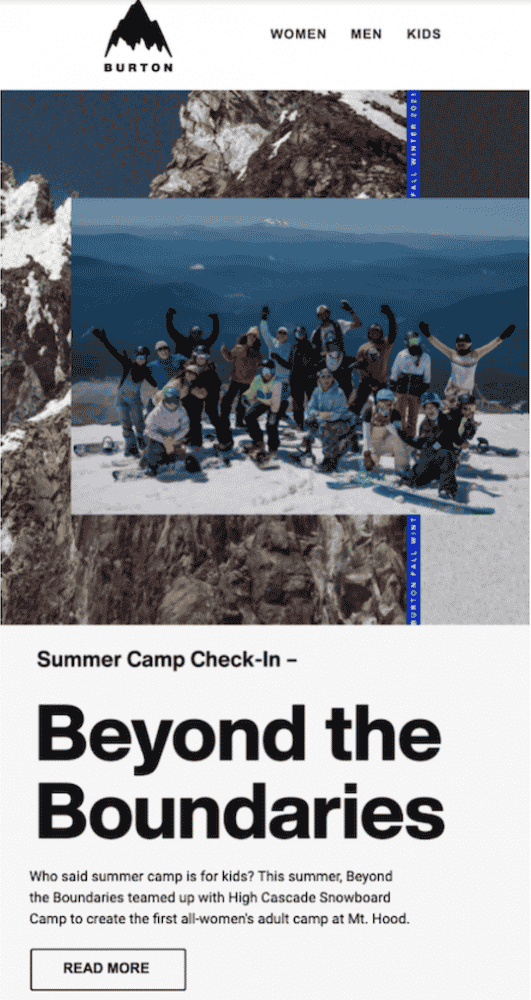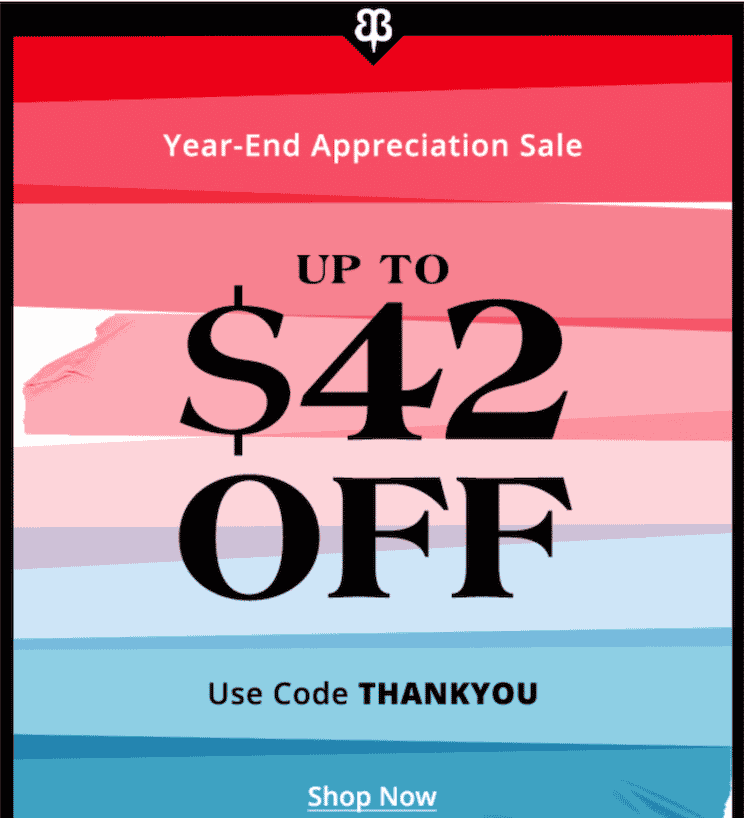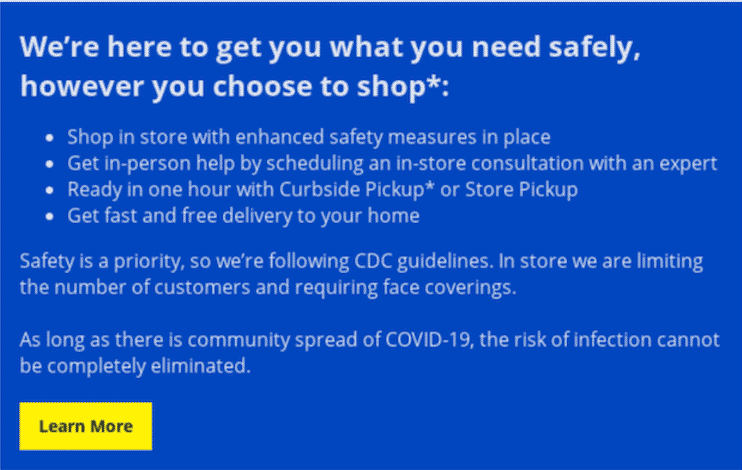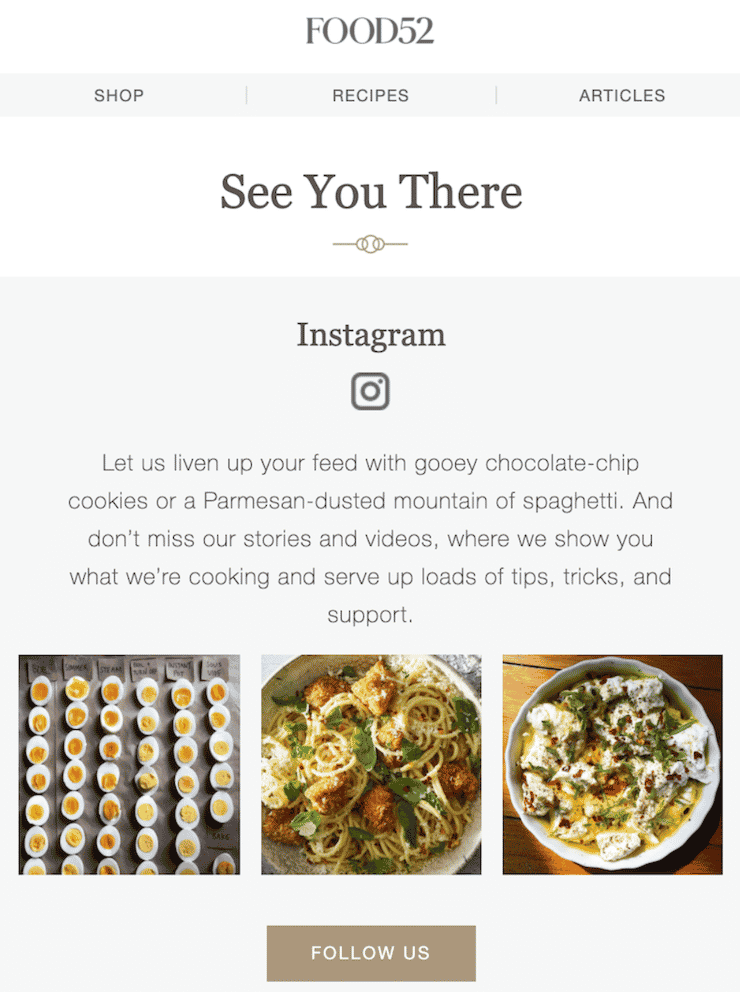Every shopper loves a good deal. But your younger buyers — particularly Millennial and Gen Z consumers — consider finding one a digital badge of honor. But an amazing price isn’t the only way to connect with your youthful shoppers.
According to Consumers Unmasked, a study surveying retail consumer attitudes across the US, UK, and Germany, there are several things your marketing team can do to reach them more effectively.
So, what does all the data say about the motivations of your Millennial and Gen Z customers?
Focus on These 4 Triggers for Millennial and Gen Z Email Engagement Growth
As we mentioned earlier, value for money is a hard avantage for any competitor to beat. But before you do all the hard work of undercutting every seller’s price and building your business from scraps, try your hand at testing four engagement-focused tactics to reach the highly coveted Millennial and Gen Z market segment.
Appeal to your youthful audience’s ethical side
Transparency and honesty are more valuable than ever in your marketing messages. So, emphasize these ethical values at every opportunity. After all, an experience that hides shipping costs, makes online purchases overly complex and time-consuming, or features irrelevant products and messaging usually scares away more customers than they convert.
While there’s immense pressure to perform and convert as many shoppers to paying customers as possible today, keep in mind that not every email or promotion you send has to push a product. In fact, shoppers worn out from seeing the same pushy communications for weeks or months on end are more likely to notice and appreciate your efforts for doing so.
Our 2021 Retail Personalization Index Consumer Survey found that two-thirds retail buyers believe a brand’s ethics and values are important — substantiating 5W Public Relations’ 2020 Consumer Culture Report that notes 71% of shoppers prefer to shop with brands that are aligned to their values.
Build rewarding email experiences
When someone makes a purchase, your first order of business should be to thank them — whether that looks like a recommendation for a complimentary item or a special incentive to inspire repeat purchases. And this goes double for any Millennial or Gen Z buyer you’re hoping to build a relationship with.
So, consider following up any order confirmation message you send immediately with valuable content, perhaps about how to use or style their purchase. Extending your post-purchase series for weeks after someone’s transaction, when people may be more likely to buy again, is a simple way to deliver a more impressive ROI.
Prioritize comfort and security in every communication
This year, COVID-19 is still a serious consideration for retail shoppers — as are the ever-evolving safety protocols and in-store precautions you take to protect your in-store customers in Q4 and beyond. While the future may look uncertain, don’t forget about the important lessons you learned in 2020.
Be prepared to adjust your communications approach at a moment’s notice so you don’t leave any potential young customers feeling left out in the cold. Tear down traditional boundaries by integrating your ecommerce and in-store environments into a seamless brick-and-click experience. Because we predict that, going forward, retail’s most creative marketers will also be the most successful.
Share your experiences with social media
Social media has become a crucial part of the average Millennial and Gen Z shopper’s pre-purchase research period according to TurnTo Networks — which found that 90% of today’s retail buyers find this type of user-generated content helpful for making purchasing decisions. And that’s why we predict bringing people together via social sharing will be an even bigger theme in 2022 it has been in years past.
Industry-specific tips and tricks
A lack of consumer trust, suspicious subscription offerings, and irrelevant messaging are huge barriers for any brand to overcome if your goal is connecting with Millennial and Gen Z buyers. And while the dynamics vary greatly from one retail vertical to the next, here are a few key engagement drivers you can take advantage of:
Food and online grocery
- Send sensory experiences. While replicating an in-store conversation or real-world event isn’t always easy, giving younger audiences a variety of media formats to engage with is the most effective way to keep these shoppers connected.
- Offer more convenient fulfillment options. The pandemic is coming to an end, but that doesn’t mean all of the customer-friendly trends that came about over the last 18 months are going away anytime soon. So, implement a plan to make curbside pickup and click-and-collect fulfillment options possible — as soon as possible.
- Continue takeaway deals and discounts. It’s always a bad experience to find one price online, only to arrive at the store to find markups and more expensive products than expected. Going forward, more and more shoppers will choose to buy from your brand online — so keep rewarding them for their loyalty in return.
Fashion and Beauty
- Make your transition between digital and physical shopping seamless. The most successful ecommerce initiatives make it easy for younger buyers to browse and shop. Especially if you emphasize fun over sales pitches and one-size-fits-all messaging.
- Provide flexible payment options. Young shoppers don’t always pay through traditional means. The rise of electronic banking and app-driven payments is here, so offer more than credit and debit card transactions for any online experience you offer.
- Distinguish your digital inventory. With retail’s massive migration to online selling, there are thousands of new products hitting digital store shelves everywhere. So, persuade Millennial and Gen Z consumers by giving them exclusive products, discounts, and promotions for engaging with your brand online.
Fitness and Athletic Wear
- Sell subscriptions without judgment. Even the most avid fitness fans are getting tired of their home gyms, so entice younger health-minded audiences to your brand by offering subscription packages that put their unique challenges in a positive light.
- Build niche communities. Not everyone is a good fit for your business, and that’s okay. You already know who your most loyal customer personas are, so spend your time and energy marketing to them — we promise it’ll make for a more holistic, engaging, and ultimately rewarding experience for everyone involved.
Home and Consumer Packaged Goods
- Let superbrands set your benchmarks. Sure, a handful of home goods sellers set the stage for everybody else. But that doesn’t mean you don’t have the tools or expertise to implement what’s working for them across your marketing team. Pay attention to what your top competitors are doing — and then do it better.
- Keep comfort and customer well-being in mind. The COVID-19 pandemic has hit Millennial and Gen Z workers especially hard. But if your brand can show a little empathy to make these customers feel respected and understood, it can pay off with huge returns.
- Make your return process easy. For younger buyers who made their purchase in seconds through a one-click process, the only thing more frustrating than the wrong product is experiencing even more negativity when they try to return them.
- Bring your in-store experience home. Your stores are re-opening their doors, but that doesn’t necessarily mean Millennial and Gen Z shoppers will be beating down the doors anytime soon. So, meet them where they already are and interact with younger buyers on their terms instead of yours.



